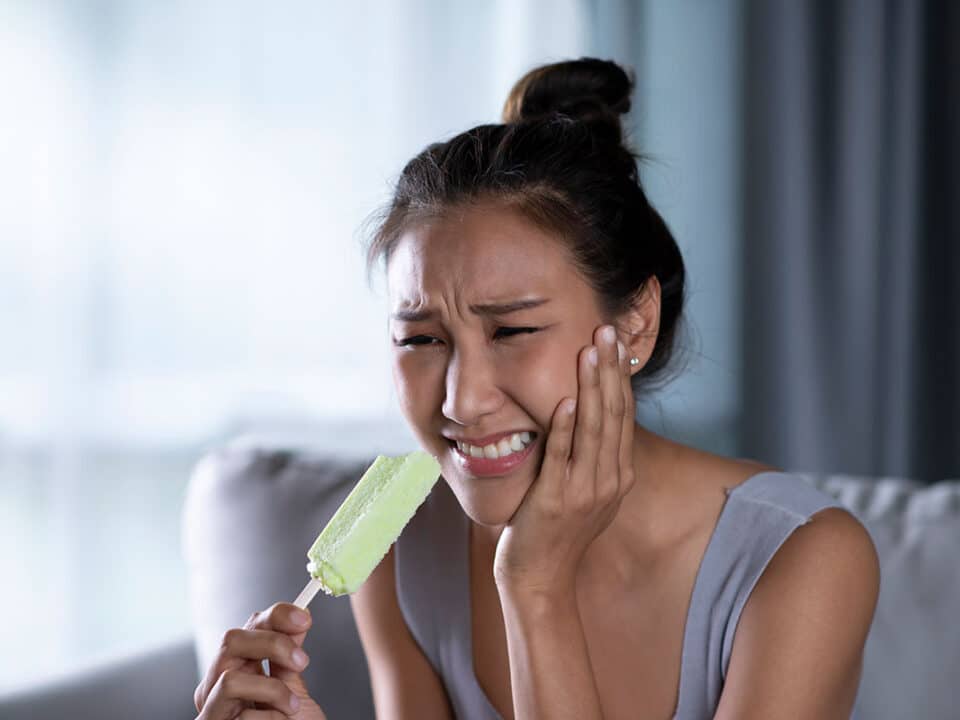Experiencing a dental emergency can be stressful and painful, but knowing that you have access to coverage through the Canadian Dental Care Plan (CDCP) can help alleviate some of the concerns. The CDCP is designed to help low- to middle-income Canadians who don’t have private dental insurance access essential dental services, including emergency treatments. Here’s what you need to know if you’re dealing with a dental emergency and want to use CDCP coverage.
Table of Contents
What is Considered a Dental Emergency?
A dental emergency typically requires immediate treatment to relieve severe pain, stop bleeding, prevent infection, or save a tooth. Common dental emergencies include:
- Severe toothache or pain that doesn’t subside with painkillers
- Knocked-out or loose teeth due to trauma or injury
- Broken, chipped, or fractured teeth
- Dental abscesses or infections that cause swelling or fever
- Uncontrollable bleeding from the gums or mouth
- Injuries to the jaw or mouth due to accidents
If you’re experiencing any of these symptoms, it’s important to seek dental care as soon as possible.
How to Use CDCP Coverage for a Dental Emergency
If you’re eligible for the CDCP and experiencing a dental emergency, the plan covers a range of emergency treatments. Here’s how you can access care:
Confirm Your Eligibility
Before seeking emergency treatment, it’s essential to confirm your eligibility for the CDCP. You must meet the following criteria to qualify:
- No private dental insurance coverage (through employment or personal plans)
- Annual family net income of less than $90,000
- Canadian resident for tax purposes
- Filed a tax return in the previous year
If you haven’t yet applied for the CDCP but meet the criteria, you can apply online at Canada.ca or ask our office for help submitting your application.
Find a CDCP-Registered Dentist
Not all dentists participate in the CDCP, so you will need to find a dental office that accepts CDCP coverage. When calling for an emergency appointment, inform the dental office that you are covered under the CDCP and confirm whether they are registered to accept this insurance.
Some emergency clinics might offer services outside regular hours, so ensure the clinic you choose works with the CDCP during emergencies.
Submit Required Documentation
When you visit the dentist for emergency care, you’ll need to provide your CDCP member card or proof of coverage. The dentist will likely handle the submission of claims directly to the CDCP administrator (our offices do). In the case of more complex procedures, the dentist might need to submit a preauthorization request before proceeding with the treatment.
Coverage for Emergency Dental Services
The CDCP covers a range of emergency dental services, including:
- Tooth extractions
- Treatment for infections, abscesses, or swelling
- Emergency fillings or restorations to prevent further damage to a tooth
- Pain management treatments (e.g., medication for severe pain or antibiotics)
Keep in mind that the CDCP emphasizes covering essential treatments. While emergency care is included, the plan does not cover cosmetic treatments or elective procedures.
Handling Costs Outside of CDCP Coverage
While the CDCP covers many emergency services, additional costs may apply if your treatment falls outside the plan’s coverage, such as complex procedures that aren’t immediately required to alleviate pain or prevent further harm. Discuss your treatment plan with the dentist in advance and inquire about any potential out-of-pocket expenses. Some dental offices may offer payment plans or financing for uncovered services.
What to Do if You’re Not Yet Enrolled in the CDCP
Unfortunately, if you haven’t applied for the CDCP but are experiencing a dental emergency, you cannot use coverage toward getting help. This makes applying for coverage as soon as possible is important. You can submit your application online or by phone, and while it may take time to process, having CDCP coverage will help with future treatments. For immediate care, you may need to discuss payment options with the dentist or, in some cases, seek out community-based dental clinics that offer reduced rates for uninsured patients.
The Importance of Acting Quickly
Dental emergencies can lead to more significant health issues if not treated promptly. If you suspect you have an infection or have suffered trauma to your teeth or mouth, don’t delay seeking care. Untreated dental infections can spread to other body parts and lead to serious complications. The CDCP is here to help alleviate the financial burden of dental care, so make use of it if you’re eligible.
If you’re not yet enrolled, apply for the CDCP as soon as possible. For immediate care, you may need to pay upfront or seek community clinics that offer reduced rates for uninsured patients.
Call local dental offices and ask if they are registered to accept CDCP coverage. You can also inquire with the CDCP administrator or check the government’s website for a list of providers. If you’re within reach of Hamilton or St. Catharines, our Martindale Dental offices are both accepting CDCP coverage for patients.
You must wait until you receive your CDCP welcome package and membership card before using the coverage. If you have a dental emergency, you may need to explore alternative payment options until your coverage begins.
For immediate, essential emergency care, coverage decisions are generally fast. If preauthorization is required for complex treatments, it may take longer, so consult your dentist for details.
Yes, as long as the dentist is registered to accept CDCP, you can use your coverage anywhere in Canada. Always check with the clinic beforehand to ensure they participate in the plan.
Yes, if you’re already covered by a provincial or territorial dental plan, your CDCP coverage can work in coordination to ensure you have full coverage for necessary treatments.
You can apply for the CDCP online or by phone. It’s important to complete the application as soon as possible to prevent further delays in coverage for any additional dental needs.
The CDCP covers many essential emergency treatments, such as extractions and pain management. However, more complex treatments or cosmetic procedures may not be covered.
You’ll need your CDCP member card or proof of coverage. The dentist may handle billing directly with the CDCP, but be prepared to provide any necessary documentation to confirm your eligibility.
Yes, if the dentist does not directly bill the CDCP, you can submit a claim for reimbursement. Make sure to keep all receipts and documents related to the treatment.
If the CDCP doesn’t cover your entire treatment, you will need to cover the remaining costs out-of-pocket. Many dental offices offer payment plans or financing options to help manage costs.
No, CDCP coverage is only valid within Canada. If you experience a dental emergency abroad, you’ll need to cover the costs through other means and seek reimbursement later, if applicable.
If your claim is denied, you can submit an appeal with additional documentation from your dentist, such as X-rays or medical notes. Consult with your dental office for assistance in submitting an appeal.
The CDCP typically covers dental treatments directly, but prescription medications may not be included. You may need to cover the cost of antibiotics or pain relievers separately, depending on your pharmacy or provincial health coverage.
Conclusion
The Canadian Dental Care Plan (CDCP) is a valuable resource for Canadians who lack private dental insurance, providing crucial coverage for emergency dental treatments. If you experience a dental emergency, make sure you understand your eligibility, find a CDCP-registered dentist, and provide the necessary documentation to ensure your care is covered. Acting quickly can help prevent further complications, save your teeth, and relieve pain. For more information on applying for or using the CDCP, visit Canada’s official dental care page.
By understanding how to navigate the CDCP during a dental emergency, you can access the care you need while minimizing financial stress.
Check us out on Facebook and Twitter for daily information about Oral Health from Martindale Dental, or visit our offices in Hamilton and St. Catharines.
Additional resources
Martindale Dental CDCP Information Page
8 Tips To Maximize Your CDCP Coverage
What services are covered under CDCP?
How much does CDCP dental care cost?
Does CDCP work with other forms of dental coverage?
What to Do If Your CDCP Coverage Doesn’t Include Your Treatment
Handling a Dental Emergency Using CDCP Coverage
CDCP Commonly Asked Questions Answered
How The CDCP Reduces Dental Health Disparities
Do Dental Clinics Benefit From Offering CDCP Coverage?
Navigating The CDCP Claims Process: What Dentists Need To Know
Best Practices for Dentists When Communicating the CDCP to Patients
Have more questions?
Please contact us for all inquiries or to book an appointment with one of our convenient clinic locations. We look forward to hearing from you.




